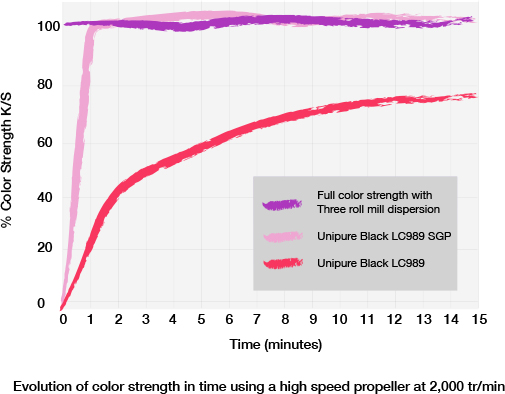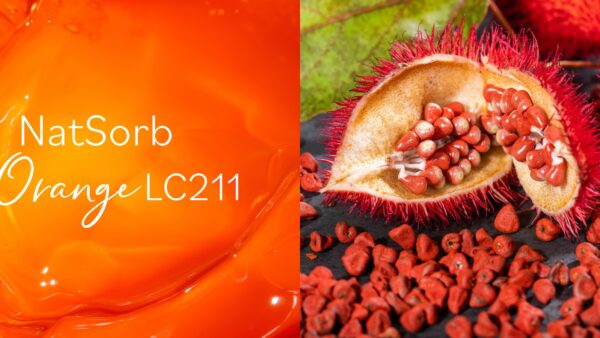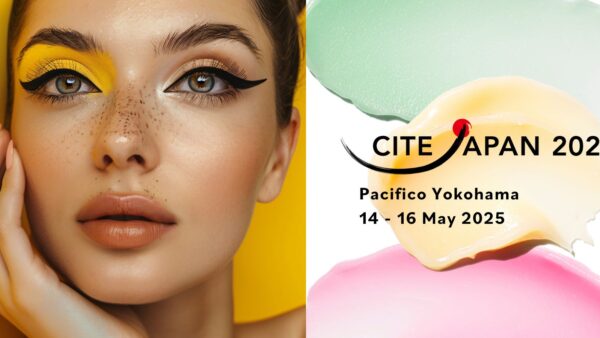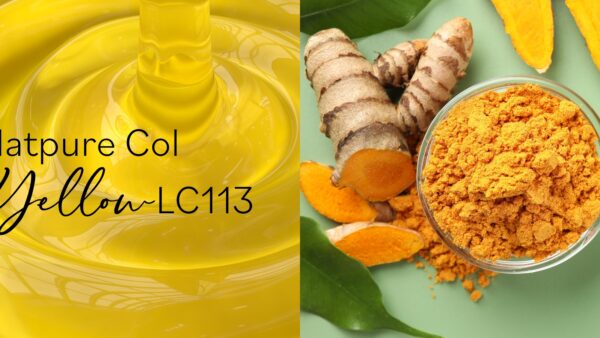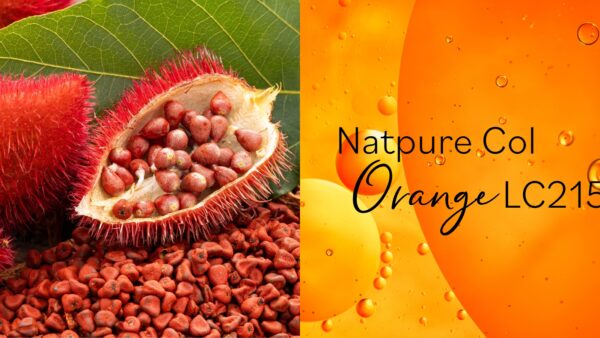In the era of personalization and multi-ethnic cosmetics, customers expect makeup brands to provide the perfect shade to match their complexion. For many brands, this expectation led them to multiply the number of shades available for every item of their color cosmetic catalogue, which raises several challenges:
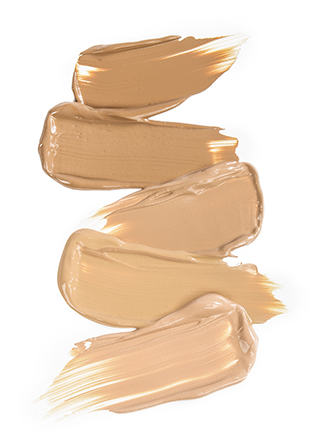
1. Difficult Shade Adjustment
Pigments’ chemical structures can vary heavily, leading to significantly different compatibilities when they are dispersed into a liquid phase. For instance, when working with a Water in Silicon base, formulators often face the issue of titanium oxides migrating to the water phase, leading to a significantly darker shade than expected. At the same time, the red, yellow and black iron oxides remain either in the continuous phase, or worse, at the interface, contributing to decreasing the overall stability of the emulsion.
This behavior highly complicates shade adjustment work: as pigments erratically find their way into the internal phase or at the interface of the emulsion, it becomes extremely difficult to modify their ratio to adjust the shade while keeping the overall physical attributes of the formulation (such as thickness, spreadability, etc.). The new ratio of pigment can also impact the stability of the emulsion.
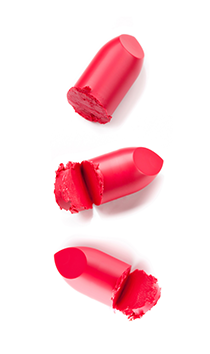
2. Shade Fidelity Issues
Even with all the pigments in the same phase, shade consistency can still be an issue upon application. In the case of coarse dispersion of pigments, flocculates can occur. For instance, these flocculates will exist in the packaged foundation but will spread upon application on skin, changing the overall color of the foundation. Shade fidelity isn’t just an issue in emulsions. It takes extremely controlled pigment dispersion to obtain high quality lipsticks with consistent mass tones and application colors upon application.
Sensient uses its expertise in surface treatment to offer innovative solutions that address the challenges of shade adjustment. The ADT-C range, a synthetic hydrophobic treatment developed for high pigment load formulation, allows the creation of foundations with very high shade fidelity. The SGP range, based on vegetable Sodium Glycerophosphate that provides a natural hydrophilic treatment, has high dispersibility and is a solution for formulators looking at easy shade adjustment.
